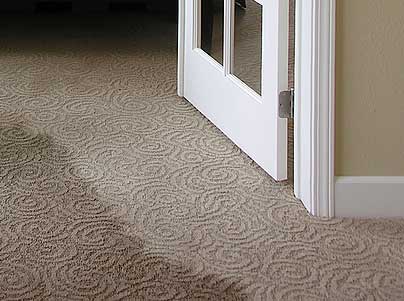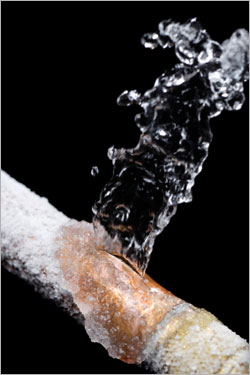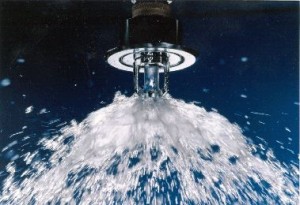Five Ways to Prevent Water Damage in Your Facility – Reset Restoration
 Water damage can move quickly through a commercial property and cause tens, or even hundreds of thousands of dollars’ worth of damage in as little as a few minutes. Most people don’t realize that just one sprinkler head can dump as much as 100 gallons of water into the room in a couple minutes! And water from a simple broken water line to a toilet or ice-maker can put a lot of water into vital building materials in just 24 to 48 hours.
Water damage can move quickly through a commercial property and cause tens, or even hundreds of thousands of dollars’ worth of damage in as little as a few minutes. Most people don’t realize that just one sprinkler head can dump as much as 100 gallons of water into the room in a couple minutes! And water from a simple broken water line to a toilet or ice-maker can put a lot of water into vital building materials in just 24 to 48 hours.
Fast response, proper planning, and routine maintenance can all work together to ensure that your property, your employees, and your financial investment will be safer in the event of a natural disaster, sewer leak or overflow, or any other situation where excess water may be an issue that needs to be addressed.
1. Find Leaks and Cracks Before They Become an Issue.
Water follows the path of least resistance; any crack or leak in walls, flooring, windows, roofing, and HVAC systems are a possible entry point for moisture, whether during severe weather or just through normal operation of your building’s utilities. Get a full inspection performed of your building, including the foundation and the exterior walls. Any detected leaks should be sealed and repaired when found without delay.
2. Respond Quickly to Water When it First Appears.
 Neglecting to act when a significant amount of water is present in your building is a sure way to invite water damage to equipment, mold growth, and other concerns, such as wood rot. The best thing to do whenever water does enter a building is to hire remediation services as quickly as you can. Professional flood remediation companies can remove excess water, greatly reduce the chances of mold growth, and dry one or several rooms of a building within the 48 hour window where mold is most likely to appear.
Neglecting to act when a significant amount of water is present in your building is a sure way to invite water damage to equipment, mold growth, and other concerns, such as wood rot. The best thing to do whenever water does enter a building is to hire remediation services as quickly as you can. Professional flood remediation companies can remove excess water, greatly reduce the chances of mold growth, and dry one or several rooms of a building within the 48 hour window where mold is most likely to appear.
3. Consider a Battery-Operated Sump Pump
A sump pump, typically located in the basement of a building, can also be used to greatly reduce water which has pooled in the bottom of the building. Their installation usually requires breaking the floor and embedding the pump, with placement depending on the location of basement walls and the dimensions of your building. Battery operation ensures that you won’t lose pump capabilities in the event that you lose power, or that power must be disconnected to reduce electrical hazards inside of your building.
4. Consider Exterior Sources of Incoming Water
 Parking complexes, water features, and other installations on your property can also either be a source of water themselves, or funnel water so that they can enter your building through other areas of access. Make sure to inspect any potential weak points in your building where excessive water can pool and enter, such as beneath the doorway between a parking garage and an upper floor of the property. Likewise, larger water features may contribute to water levels and should always be turned off as part of your pre-disaster planning and actions.
Parking complexes, water features, and other installations on your property can also either be a source of water themselves, or funnel water so that they can enter your building through other areas of access. Make sure to inspect any potential weak points in your building where excessive water can pool and enter, such as beneath the doorway between a parking garage and an upper floor of the property. Likewise, larger water features may contribute to water levels and should always be turned off as part of your pre-disaster planning and actions.
5. Maintain and Update Your Protection
Finally, having a water run off solution or irrigation system installed on your property is a smart idea, but it may not be as effective in ten years as it is today. If you haven’t had these systems recently inspected, maintained, and upgraded, it is highly recommended that you do so.
When the inevitable happens, and your building is flooded, call Reset Restoration immediately. We provide 24/7/365 emergency response. If you have joined our free PREP program, immediate priority response is included, along with many other special no-charge services.
If your friends, family and neighbors have had significant water damage to homes or businesses you can contact Reset Restoration 24/7 to inquire about Tulsa water damage restoration services. Call Reset Restoration today at (918) 582-7373.
If your Tulsa home or business has suffered significant damage, please contact Reset Restoration today and request a free quote on storm damage restoration. Follow Reset Restoration on Facebook!

